Project Manager - "Arte de la Finca"
The Process
After the announcement of our topic, we had about four short months to prepare for the trip and the project. In our first meeting, I was chosen by my peers to be the project manager for this trip. It was then my role to assign duties and positions to the other team members and begin the researching process. In the months leading up to the trip, I organized and led meetings that not only discussed the content and scope of our project, but also touched on general information about Cuba and traveling there safely.
Because my team was not given the task to rebrand or promote an organization, we had a lot of creative freedom in terms of the visual style of our project. This gave us the opportunity to create our own name and logo for the project. With the approval of my team, I came up with the name “Arte de la Finca”, or “Art of the Farm”, because it best encapsulates the two main passions of our client. I also worked with our Creative Director to come up with a logo and typeface that we felt best embodied the sights and feel of Cuban art and agriculture. This logo was used to be printed on buttons and stickers, however a different version of the logo with text that is more legible was generated for the website.
During the trip, I organized the team with checklists for each day that kept everyone on task. Time was valuable during this trip, especially considering how we only had four days to capture photographs, video content, and interviews with our client. After each day on the farm, I would lead meetings where we would backup content, discuss what went well that day, and prepare for the next day. These meetings are where I gauged the team’s thoughts and attitudes towards the project and determined what else needed to be done.
The days on the farm collecting content were busy and laborious. As the project manager, I also assumed the role of producer for each interview. I worked closely with the videographers to ensure exposure, framing, and audio levels were adequate. Additionally, I conducted each interview with the help of a translator. Although we had carefully planned what questions to ask in order to best tell Héctor’s story, these interviews turned out to be more difficult than I had anticipated. The language barrier proved to be a daily hurdle that we had to overcome, but it was an experience that I will never forget.
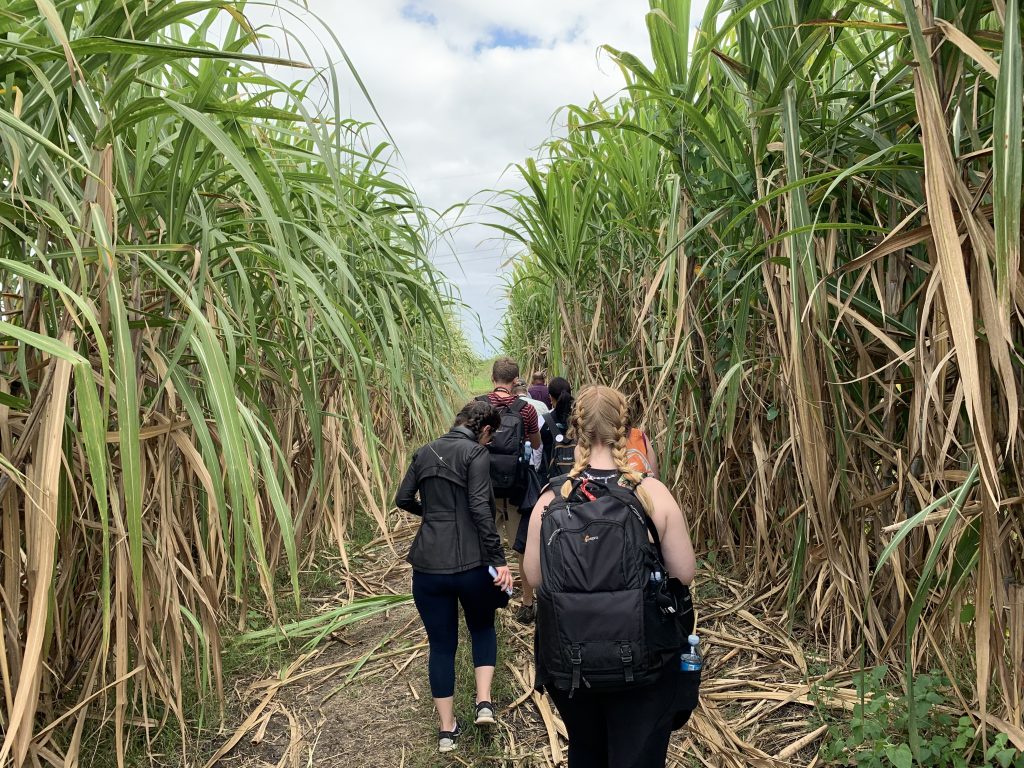

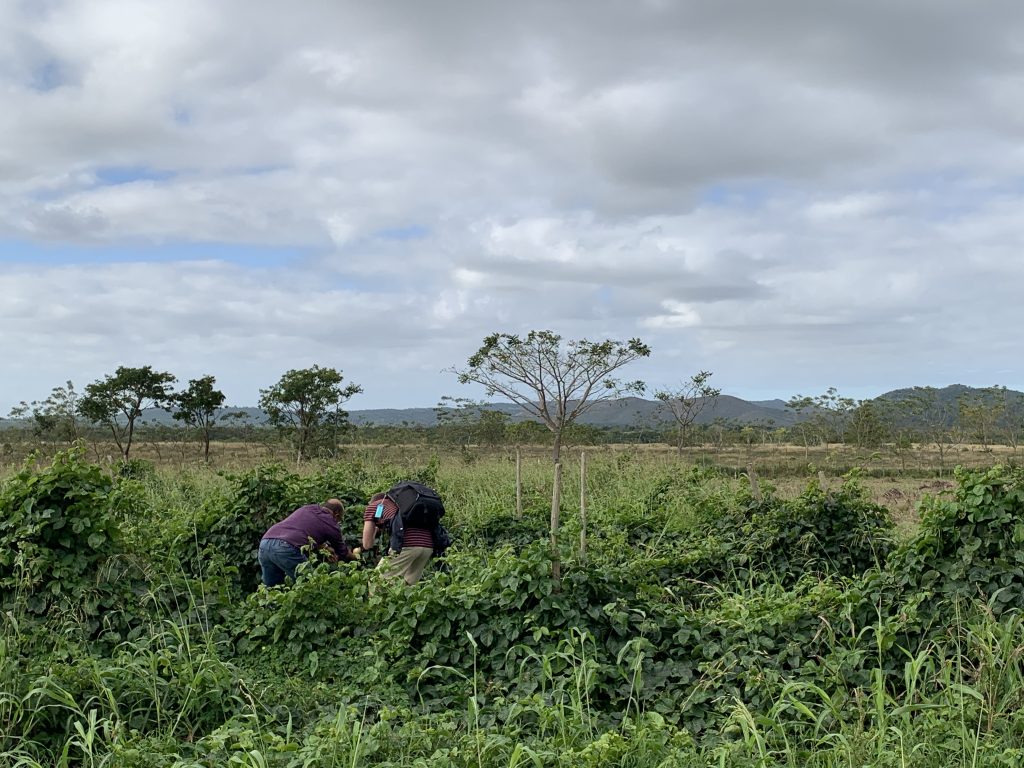
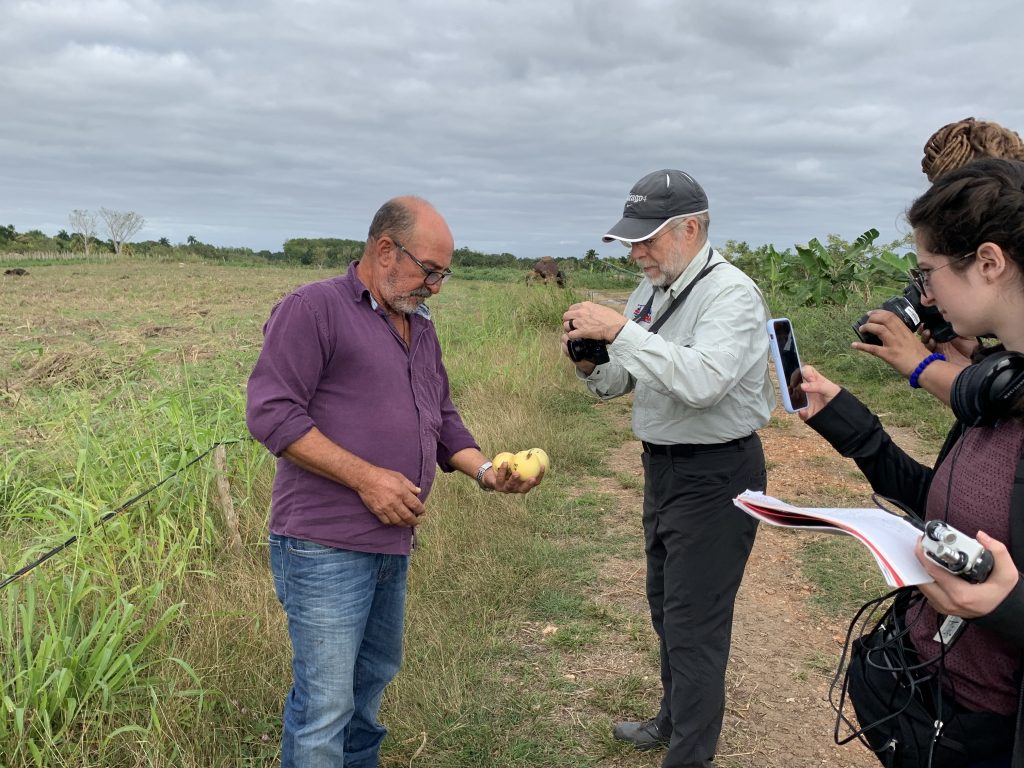
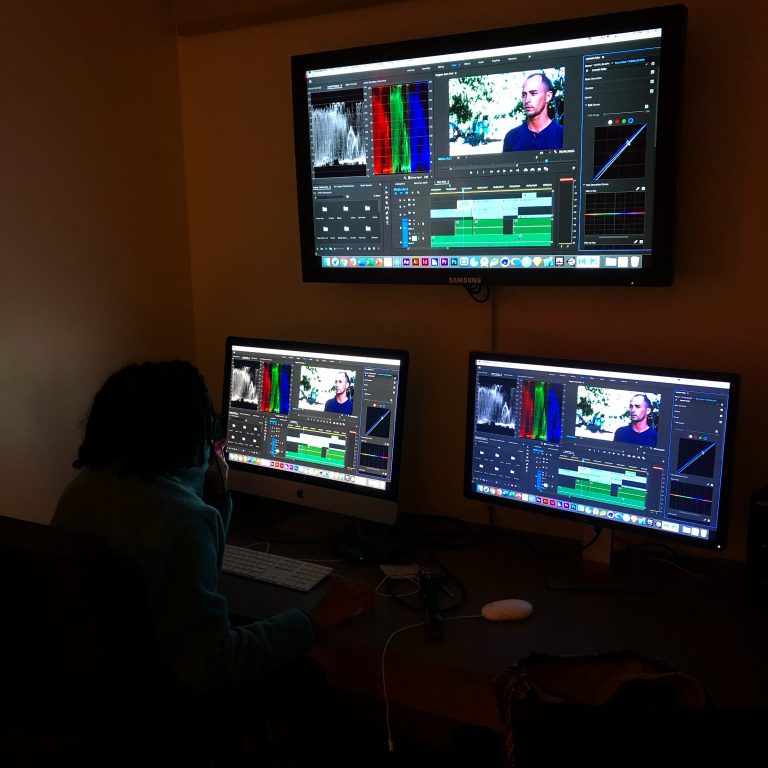
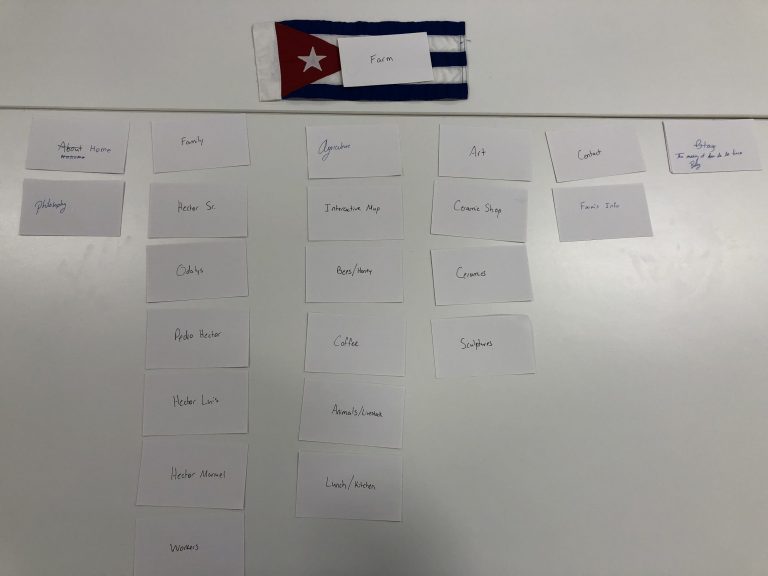
Upon returning to the States, we had one day of rest before starting the post-production process. I took this time to put together a schedule for the rest of the month. We had only two short weeks to create an entire interactive website with video interviews, photographs, and graphics. To do this, I scheduled everything in a content calendar through Asana’s project management software. By breaking the two weeks into three phases, I was able to give each team member responsibilities and deadlines. At the end of each phase, I would hold meetings to ensure that each member of team is aware of how far along each piece of the project is at every point. These meetings also gave me the opportunity to assess what areas of the project will need more of my help and my time.
I started the project with a card sorting exercise with all members so we were in agreement with how the site will be mapped out. From there, I spent much of my time with the videographers and the photographer to help them set up a file management system for footage, audio and images. These team members had their work cut out for them because of the sheer amount of content they needed to go through. As they worked, I helped them by editing audio clips and sending our audio files out for translation. In the second and third phase of the project, I assisted the graphic designer, user experience designer, and web developer to help generate prototypes of the site using Figma and Adobe Illustrator. These prototypes were then usability tested on both mobile and desktop formats. After some iterative testing, I worked with the web developer to create the website using HTML5, CSS3, JavaScript, and Bootstrap.
End Result
The project manager role allowed me to put my experience in each aspect of digital media into good use. Whether it was creating graphics and animations, producing video content, editing audio clips, prototyping web designs, capturing photographs, or writing body copy, I was able to oversee and guide each team member with their responsibilities. I found that one of the most important skills a project manager can have is the ability to work with many different personalities and methods of communication. During this project I found that each person responds to criticism and guidance in different ways. By being careful with how closely I monitored each aspect of the project, I was able to help deliver a product that we were all proud of without micromanaging any step of the process.